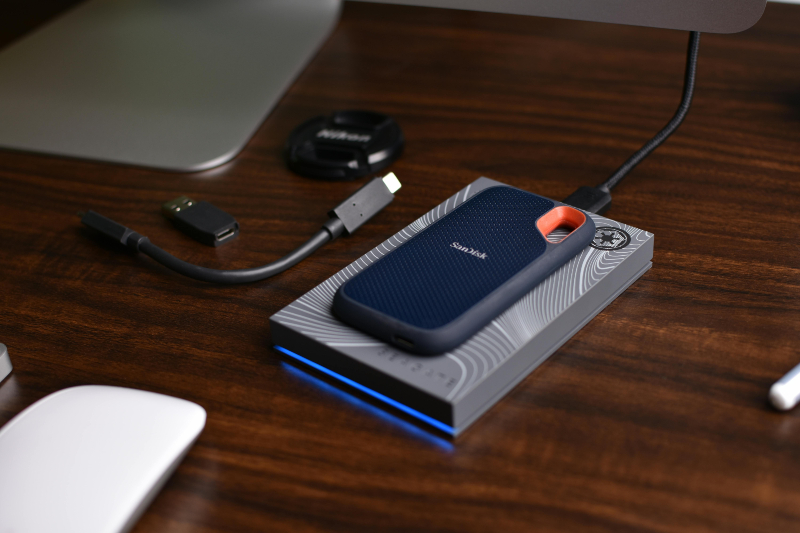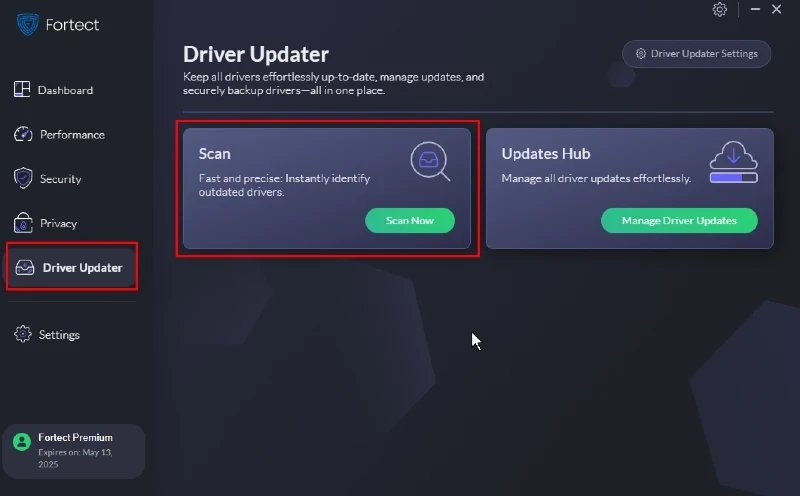How to Fix Windows 10 Not Recognizing External Hard Drives
It can be frustrating and disruptive if your external hard drive isn’t showing up on your Windows 10 PC. External drives are crucial for backups, additional storage, and data transfer between devices. When Windows 10 fails to recognize an external hard drive, it could be due to various issues, ranging from simple connection problems to more complex system or hardware issues.
Fortect will provide a complete overview of troubleshooting steps to help resolve this issue effectively.
Ways to Fix Windows 10 Not Recognizing External Hard Drives
Method 1: Ensure the Drive Comes On
Before diving into complex solutions, check if your external hard drive is powered on. Most external drives have an LED indicator that lights up when the drive is operational. If your drive doesn’t power on, it might be a problem with the drive itself or its power supply.

Ensure the drive is correctly connected to a power source if it requires one. If it has a power switch, make sure it is turned on.
Method 2: Reboot Your Computer
A simple restart can often resolve connectivity issues. Rebooting refreshes your system and can clear temporary glitches affecting the recognition of external devices.
To reboot, click the Start menu, select the Power button, and choose Restart.

Once your PC has restarted, check if the external hard drive is now recognized.
Method 3: Run the Hardware and Devices Troubleshooter
Windows 10 includes built-in troubleshooters that automatically detect and fix issues with connected hardware.
To run the Hardware and Devices Troubleshooter, follow these steps:
- Press Win + I to open Settings.
- Go to Update & Security.
- Select Troubleshoot from the left pane.
- Click on Additional Troubleshooters.
- Select Hardware and Devices and click Run the troubleshooter.
The troubleshooter will scan for problems and attempt to resolve any issues with your external hard drive.
Method 4: Try Another Cable, Port, or PC
Sometimes, the issue might be with the cable or port rather than the drive itself. Connect your external hard drive using a different USB cable or port. Test the drive on another computer. This will help you determine whether the drive or your PC’s hardware is the problem.
Method 5: Use Disk Management to Check the Drive
Disk Management is a valuable tool for identifying and managing your drives.
To access Disk Management:

- Press Win + X and select Disk Management.
- Look for your external hard drive in the list.
- If the drive appears but is not assigned a letter, right-click on it and select Change Drive Letter and Paths. Assign a new drive letter.
If the drive is not listed, it might indicate a more severe issue with the drive or connection.
Method 6: Update Your Drivers
Outdated or corrupted drivers can cause Windows 10 to fail to recognize your external hard drive.
To update your drivers:
- Press Win + X and select Device Manager.
- Expand the Disk drives section.
- Right-click on your external hard drive and select Update driver.
- Choose Search automatically for updated driver software.
Windows will search for the latest drivers and install them if available. After updating, restart your PC to see if the issue is resolved.
Consider investing in Fortect PC solution with driver updater. Fortect Premium automatically scans all your installed drivers, identifies faulty or outdated ones, and provides real-time notifications. It also effortlessly updates drivers, saving you time and hassle.

Download and install Fortect now.
Method 7: Check the Drive in Disk Management if It’s Online or Offline
In Disk Management, your drive may be listed as offline or unallocated, preventing Windows from recognizing it.
To resolve this:
- Open Disk Management. ( Press Win + X and select Disk Management )
- Locate your external hard drive in the list.
- If marked as Offline, right-click on the drive and select Online.
- You may need to create a new one if the volume is unallocated. Right-click the unallocated space and select New Simple Volume, then follow the prompts to format the drive.
Conclusion
If Windows 10 does not recognize your external hard drive, following a systematic troubleshooting approach is essential to identify and resolve the issue. Start with simple checks, such as ensuring the drive is powered on and rebooting your computer. Progress through more involved steps, such as running built-in troubleshooters and updating drivers, to address potential software and hardware issues.
By carefully following these steps, you can often restore your external hard drive’s functionality and regain access to your essential files.




